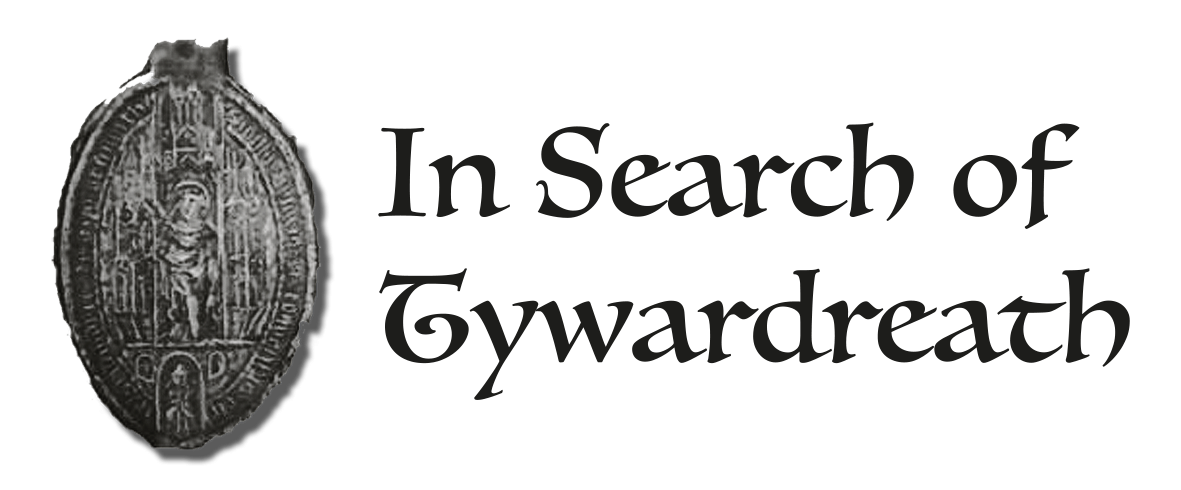Visitors to Trenython Manor are always amazed by the high ceilings and the size of the doors. A good reason for this is that the man the house was built for, along with the person that built it, were both enormous.
The manor used land owned by the Little Pinnock estate. In 1872 an Italian architect commissioned by General Garibaldi, who is often called the father of the modern Italy, designed the building.
It was Garibaldi’s way of thanking Colonel Peard for the part he played in his revolutionary campaign. He and Peard (1811 – 1880) were almost doubles, so much so that they used to confuse both enemies and friends. They were described at time as being big, broad shouldered, bearded, cool and courageous. In fact Peard was said to be ‘one of the biggest soldiers who ever shouldered a rifle.’
Peard served with Garibaldi in the Alpine campaign against the Austrians in 1859 and became a leader of the so-called Carabineers. He’d studied law at Oxford, but gave it up to organise and captain the Fowey militia, part of the Duke of Cornwall’s volunteers. Garibaldi gave him command of the ‘English Thousand Legion’ which helped win Italy for King Victor Emmanuel.
It wasn’t long before the ownership changed. In 1891, Bishop Gott, the third bishop of Truro, bought the manor and it became the Bishop’s Palace and stayed that way for fifteen years.
Gott covered the dining room walls with carved oak panels that came from a number of different churches including York Minster and Worcester Cathedral. Some are thought to date from the 16th century.
Other notable objects that can still be seen today include General Wolf’s Headboard, Lord Nelson’s Sea Chest and some Italian marbles sent over by Garibaldi which are now in the restaurant. The Egyptian pillars standing inside the front door originated from the Temple of Ephesus and are said to be thousands of years old.
Half a century after the Gott family left, Trenython became a Great Western Railway convalescent home for 85 men.
